San Antonio’s Roofing Secrets: How to Prolong Your Roof’s Life
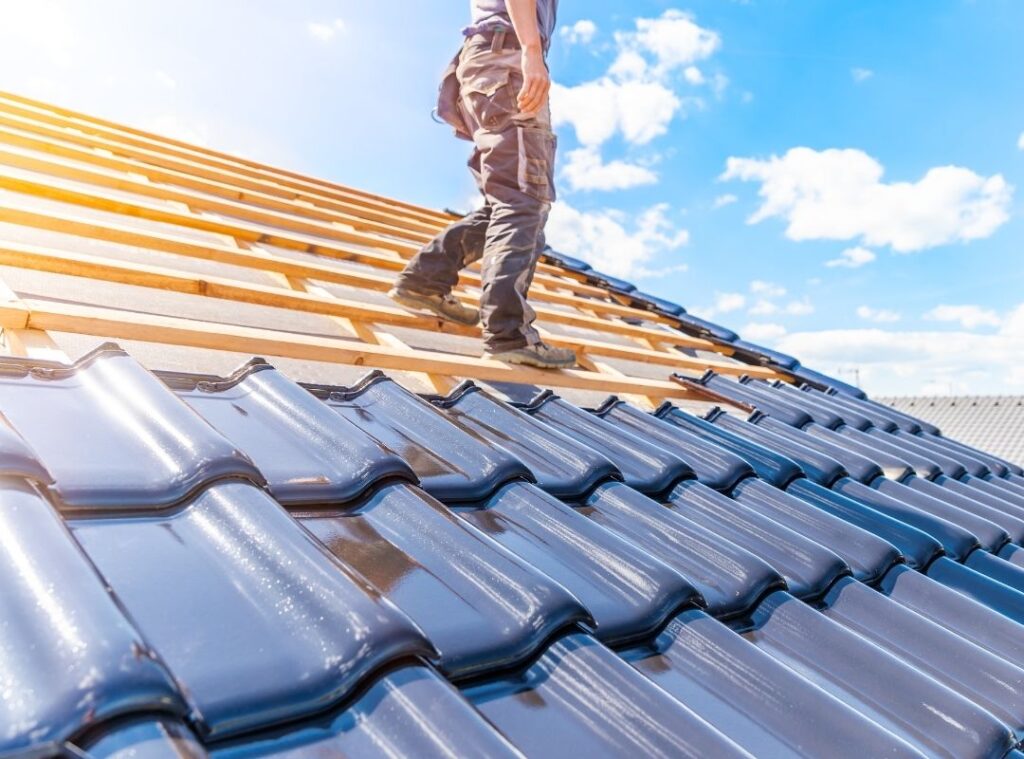
In the vibrant city of San Antonio, a well-maintained roof is not just a part of your home’s curb appeal, it’s a shield against the unique climatic challenges the city presents. From the blistering Texas sun to sudden, torrential rains, San Antonio’s weather can be tough on roofs. The key to prolonging the life of your roof in such conditions lies in understanding these challenges and adopting specific, localised strategies to combat them.
The importance of roof maintenance in San Antonio cannot be overstated. A well-maintained roof not only protects your property but also adds to its value and efficiency. This guide delves into the secrets of keeping your roof in top condition, tailored specifically for San Antonio homeowners.
Understanding San Antonio’s Climate and Its Impact on Roofs
San Antonio’s climate is characterized by hot summers and mild winters, with occasional bouts of heavy rain and hail. This combination can be taxing on roofing materials, causing them to degrade faster than in milder climates. The intense sun can lead to the cracking and fading of shingles, while heavy rains and hail can cause physical damage, leading to leaks and structural issues.
Knowing how the local climate affects roofing materials is crucial. For instance, prolonged exposure to sunlight can make materials brittle, while moisture from rains can lead to rot or mold in certain types of roofing. This understanding is key to selecting materials and maintenance practices that are best suited to withstand these specific conditions.
Choosing the Right Roofing Material
When it comes to roofing materials in San Antonio, there are several popular options. Asphalt shingles are a common choice due to their cost-effectiveness and ease of installation. However, their lifespan can be shorter under intense sun exposure. Metal roofing, on the other hand, reflects sunlight, making it a more durable and energy-efficient option, though often at a higher upfront cost. Tiles, while aesthetically pleasing and durable, require a strong structural foundation due to their weight.
Each material has its benefits and drawbacks in San Antonio’s climate. Asphalt is economical but may require more frequent replacement, metal offers durability and energy efficiency, and tiles provide longevity and aesthetic appeal but can be more expensive. Homeowners should consider factors such as their budget, the structure of their home, and long-term maintenance needs when choosing a roofing material.
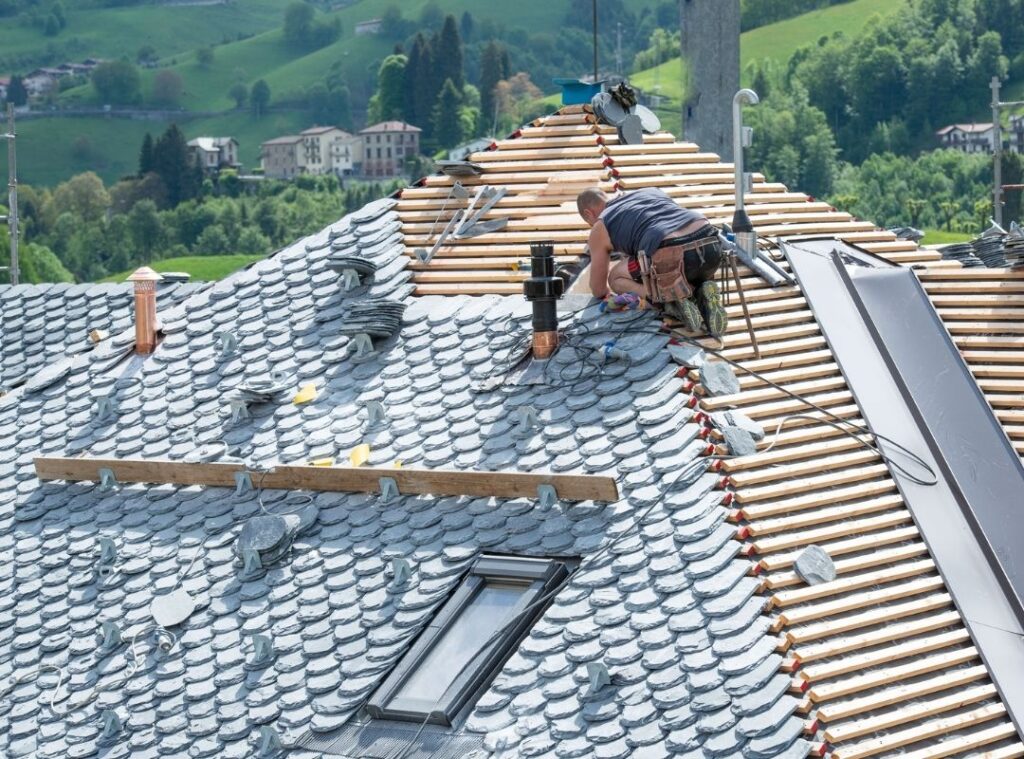
Regular Maintenance Tips
Regular maintenance is key to prolonging the life of your roof in San Antonio. Simple tasks like cleaning gutters and downspouts can prevent water damage and pooling, which are common issues in rainy seasons. Inspecting shingles for damage or wear and addressing these issues promptly can prevent minor problems from becoming major ones.
In addition to these basic tasks, it’s important to keep an eye out for signs of potential problems, such as missing or damaged shingles, leaks, or moss growth. During dry months, it’s also wise to check for sun damage. Regular maintenance should include a thorough check of the roof’s surface, flashings, and sealants, especially after severe weather events.
Professional Inspection and Repairs
While DIY maintenance is important, professional inspections are crucial for identifying issues that might not be visible to the untrained eye. Experts recommend having your roof professionally inspected at least once a year. These inspections can catch potential problems early, such as small leaks or damage from fallen branches, which might otherwise go unnoticed until they become major issues.
When repairs are necessary, it’s important to choose a reputable and experienced roofing contractor. They can ensure that repairs are done correctly and with the right materials. In San Antonio, it’s particularly important to work with professionals who understand the local climate and the unique challenges it presents to roofing.
Innovative Roofing Solutions and Technologies
The roofing industry is continuously evolving, with new materials and technologies emerging that can greatly benefit San Antonio homes. Innovations like cool roofing materials, which reflect more sunlight and absorb less heat, are particularly beneficial in reducing cooling costs and extending the life of the roof. Similarly, sustainable materials like recycled shingles are gaining popularity for their environmental and durability benefits.
These technological advancements not only offer improved durability and energy efficiency but also come with a range of aesthetic options. Homeowners now have more choices than ever to find roofing solutions that meet their practical needs while also complementing the style of their home.
Cost-saving Measures and Long-term Investments
Investing in your roof can save money in the long run. Regular maintenance, while requiring some expenditure, can prevent more costly repairs or replacements down the line. Additionally, some roofing materials, though more expensive upfront, can offer savings through energy efficiency and longer lifespans. San Antonio residents should also explore potential tax credits or rebates for installing energy-efficient roofing. These incentives can help offset the initial costs and make sustainable choices more accessible. Over time, a well-maintained, energy-efficient roof can provide significant financial benefits, from reduced utility bills to increased property value.
In conclusion, the longevity of your roof in San Antonio hinges on a combination of informed material choices, regular maintenance, and adapting to the local climate. By following these guidelines, homeowners can protect their investment and enjoy a sturdy, reliable roof for years to come.
For those in San Antonio seeking professional assistance, Shield Roofing stands ready to offer expert advice and services. With their deep understanding of local roofing challenges and a commitment to quality, Shield Roofing is a trusted partner in ensuring the longevity and health of your roof.
Related Post
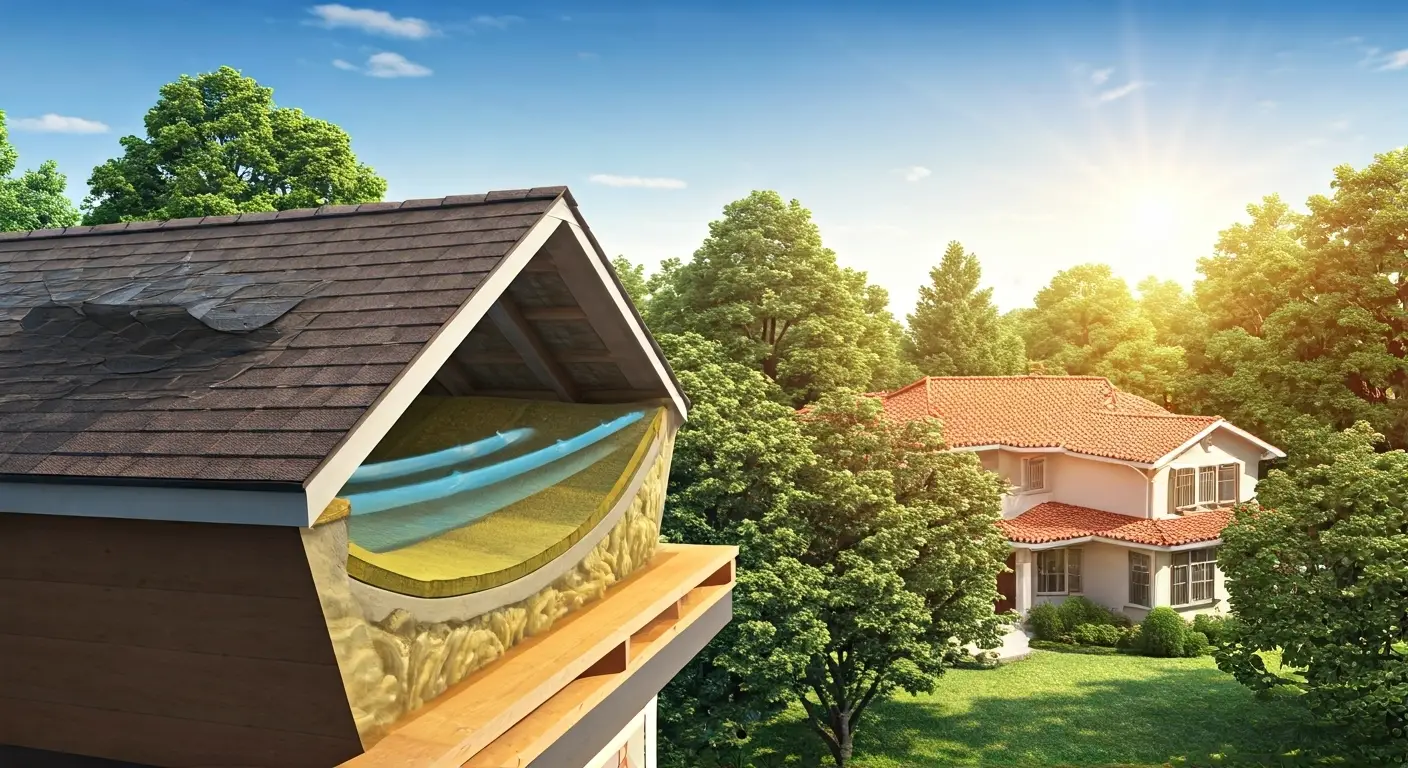
Roof Mold Prevention: Ventilation & Insulation Best Practices
Effective roof mold prevention relies on the interplay of ventilation and insulation. At Shield Roofing, a trusted San Antonio, TX roofing provider for over 25
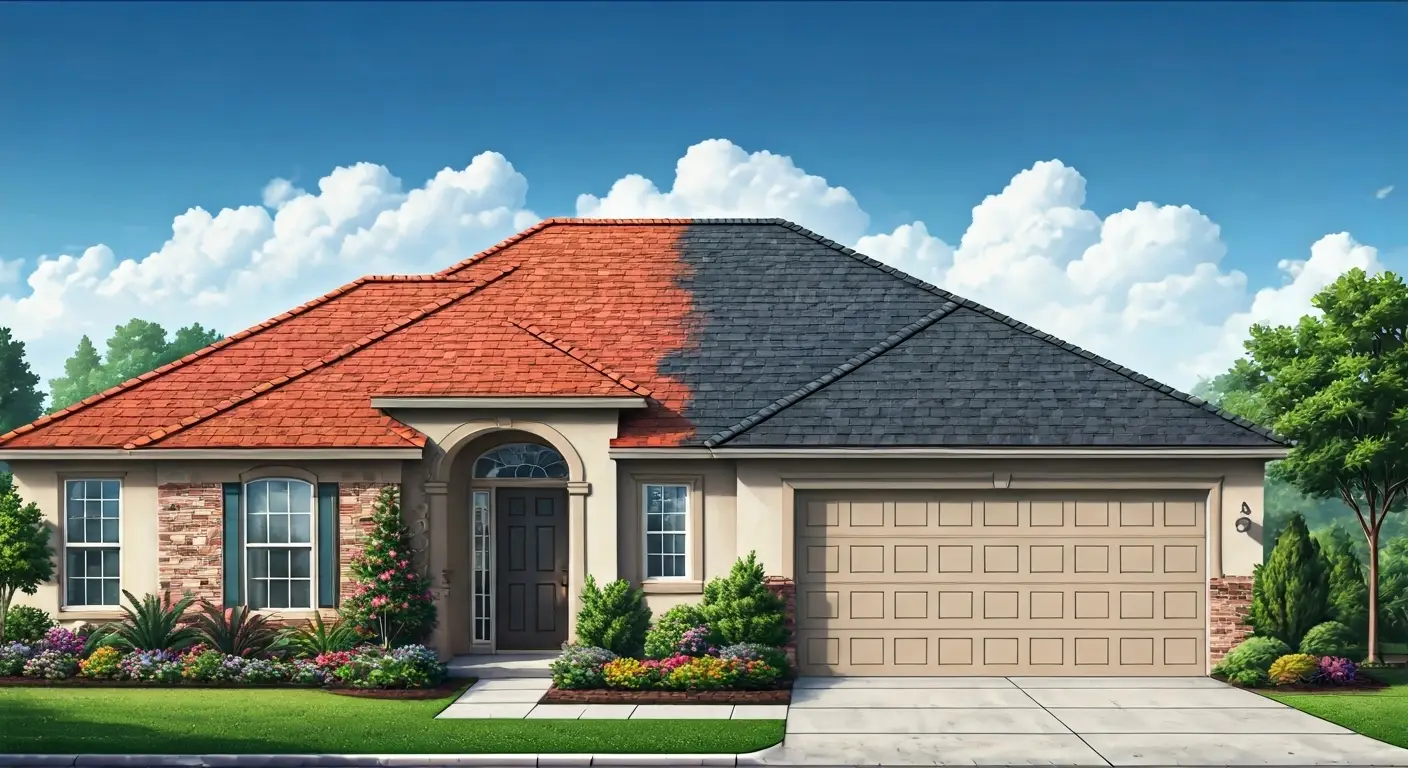
Clay Tile vs. Asphalt Shingle: Life‑Cycle Cost Comparison
Choosing the right roofing materials for your San Antonio, TX home impacts comfort, safety, and long-term costs. At Shield Roofing, with over 25 years of
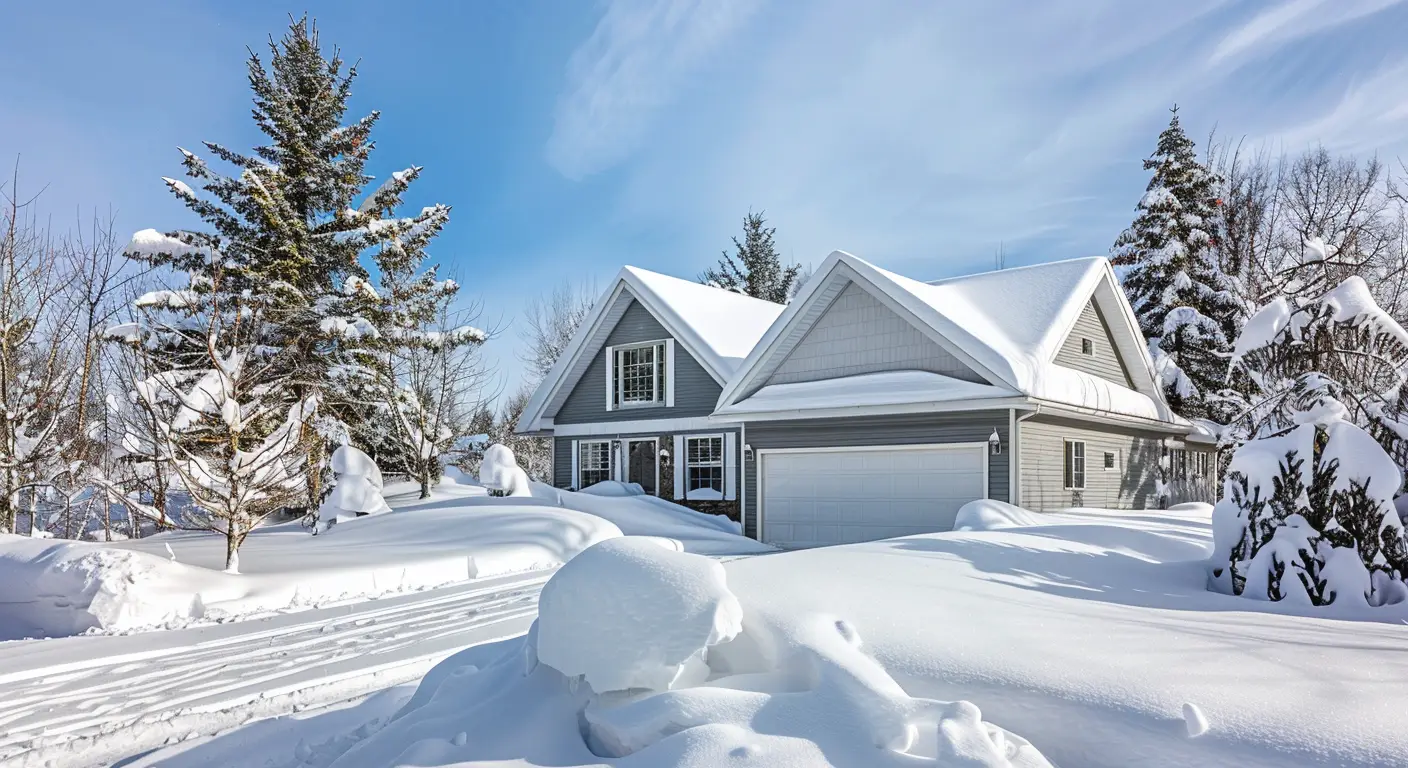
How Much Snow Load Can Your Roof Handle?
Worried about how much snow your roof can actually handle? Even in San Antonio, TX, unusual winter storms are becoming more common. With the right
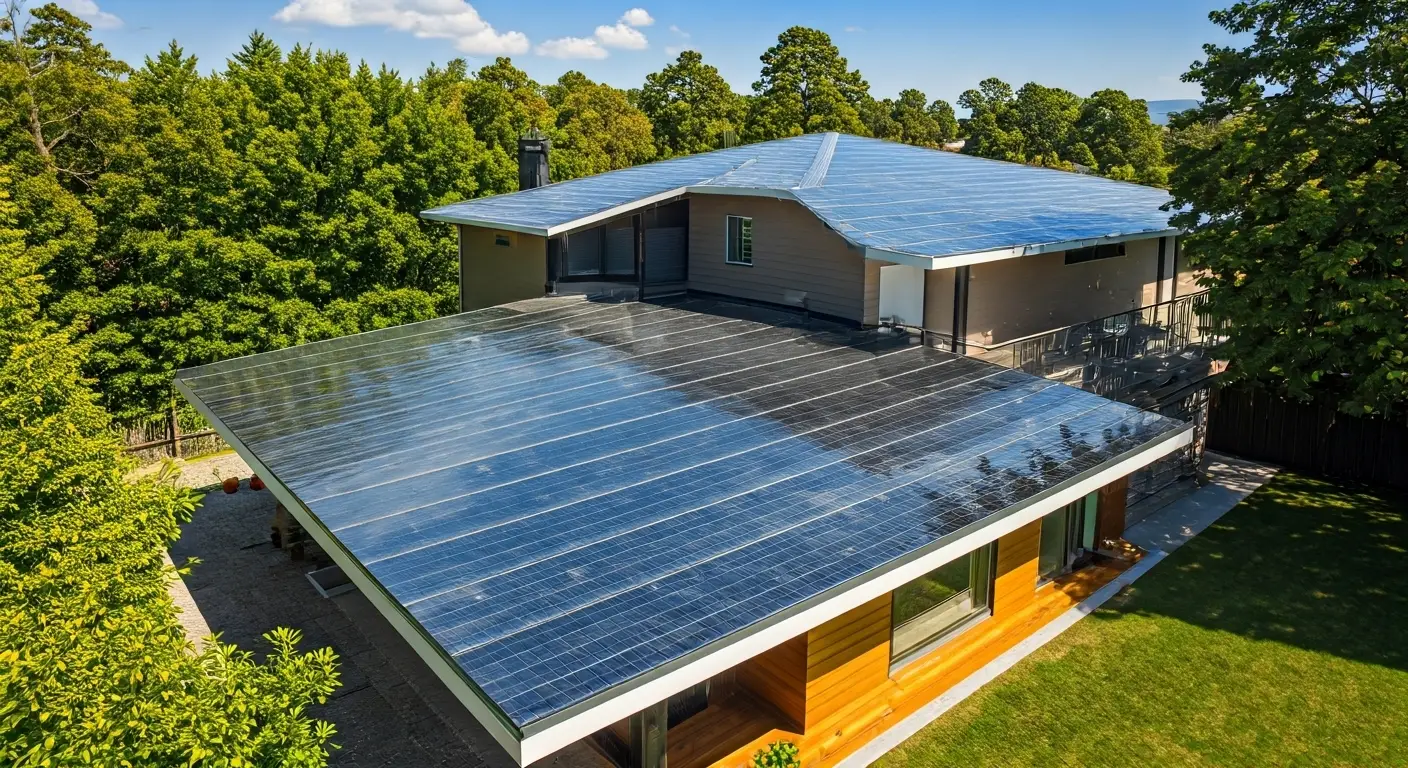
Solar Reflective Roofing: Save on Cooling Costs
The decision to invest in solar reflective roofing from Shield Roofing in San Antonio, TX, represents a strategic move towards enhanced energy efficiency and sustainability.
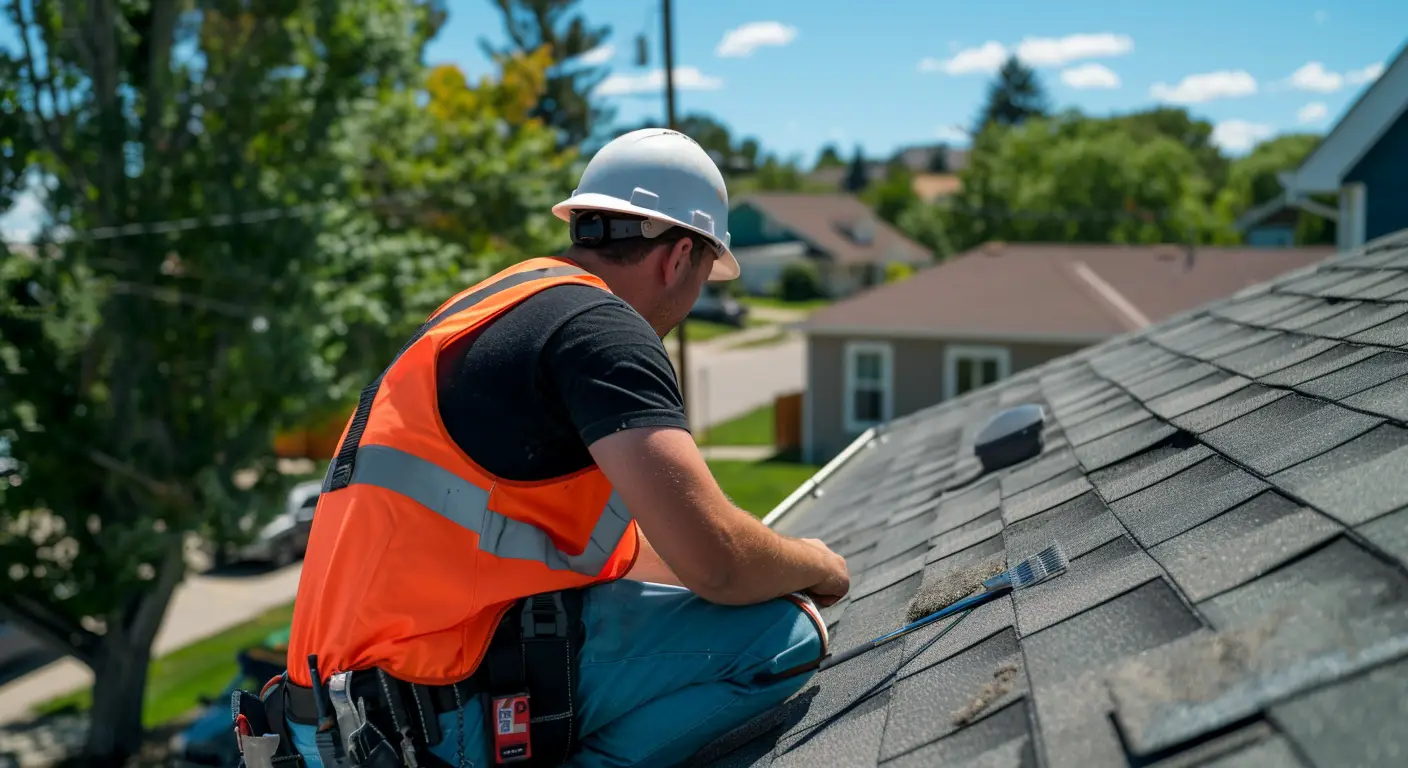
Benefits of Periodic Professional Roof Inspections
Your roof serves as the first line of defense against weather and environmental hazards, so its condition should never be left to chance. Regular professional

What a Roofing Contract Should Include: Homeowner’s Checklist
Shield Roofing knows that a roofing contract is far more than just paperwork—it’s your first line of defense as a San Antonio, TX homeowner. A
